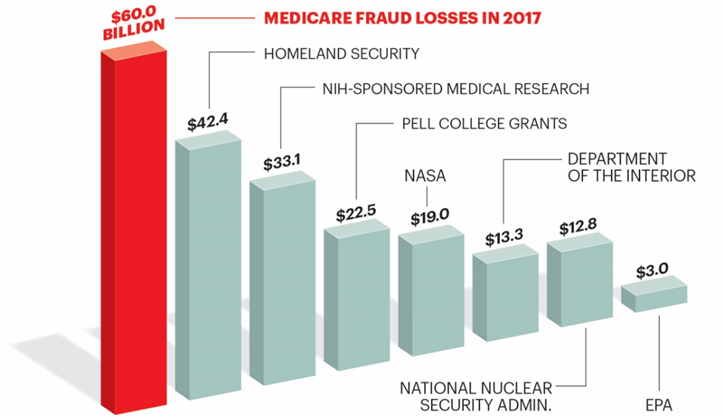Health insurance comes with many responsibilities for small business owners. Regardless of whether you’re trying to cut health insurance costs or reward specific employees, you may wonder exactly how those responsibilities affect who you offer health insurance coverage. Can you pick and choose who can be a part of your health plan, or are there federal regulations involved? As you may expect, there are some rules you need to follow.

Do I Have to Offer Health Insurance to Everyone?
If you’re a small business owner, the answer depends on if you decide to offer health insurance to your employees. Businesses with fewer than 50 full-time employees aren’t required to offer health coverage, although many do because good health insurance is an attractive benefit for employees. Once you decide to offer health coverage, you must offer it to all full-time equivalent employees. As we noted in our post on small business health insurance requirements, full-time equivalent employees include those who meet “an average of 30 hours of service per week for a calendar month or at least 130 hours of service in a month.”
It’s important to note that this means that you aren’t required to offer health coverage to part-time employees. You can choose to include part-time workers in your plan, but the setup is the same as it is with the full-time employees; if you offer coverage to one part-time worker, you will be required to offer it to all part-time workers.

Do I Have to Offer the Same Health Insurance to Everyone?
While you can’t pick and choose which individual employees get health insurance and which don’t, you don’t necessarily have to offer all your workers the same level of health insurance. As an employer, you can offer varying levels of benefits based on employee-based classifications. These distinctions include:
- Full-time vs. part-time (if part-time is even offered health coverage)
- Different geographic locations
- Date of hire or length or service
- Job titles
While you may be able to justify different levels of benefits through employee classifications, it can’t be for discriminatory reasons. It’s illegal to base decisions on benefits or other employment privileges on any factors protected by law. These include:
- Race
- Color
- Sex
- Religion
- Health factors
- National origin
- Age
- Disability
- Genetic information
Offer Group Health Insurance Coverage Through a PEO
One of the reasons that small business owners are hesitant to invest in health insurance is that it can be expensive. Fortunately, a PEO can offer you a more cost-effective solution that can help attract and retain top talent.
Since Group Management Services represents multiple small businesses, we can leverage our buying power to get lower premiums on quality plans. Not only can we help you offer an attractive health insurance plan to your employees, we can also assist you with benefits management so that you get the most bang for your buck while helping you stay compliant. Contact GMS today to talk to one of our experts about how outsourcing payroll administration can benefit your business.









